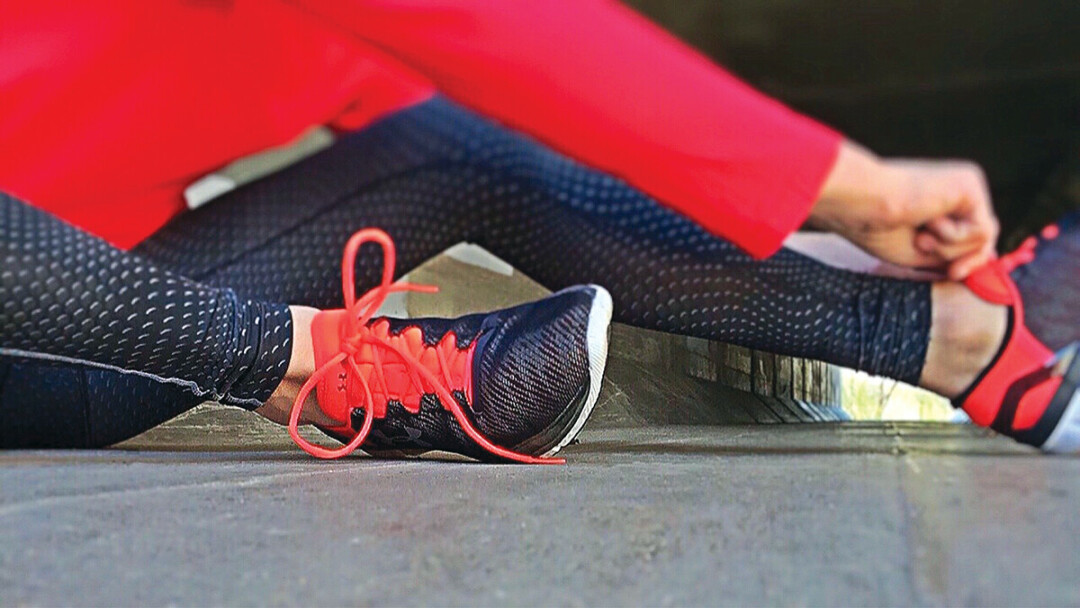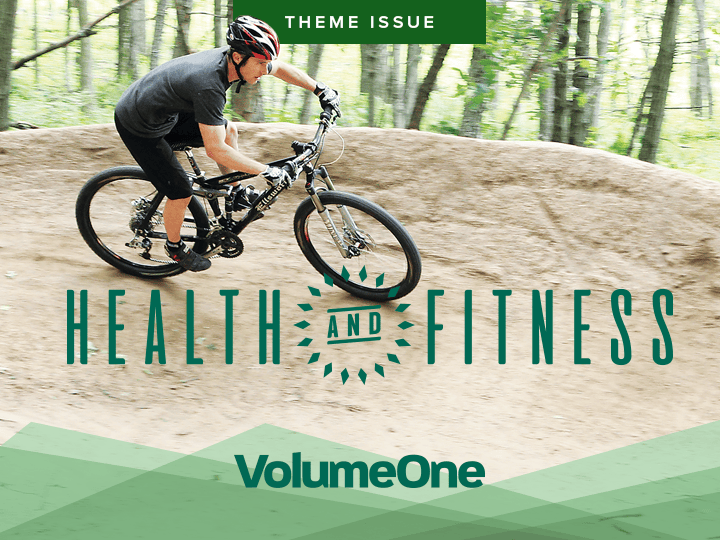5 Tips For Getting Active Again
Warmer weather means more time outside. Here’s how to get out safely.

Wisconsin’s weather is bringing a welcome spring to people’s steps as they get outside to enjoy warmer conditions. “Exercise has all kinds of health benefits including controlling weight, lowering risk of chronic disease, strengthening bones, and even improving mental health and mood,” said Dr. Berkin Ulgen, a board-certified primary care provider specializing in sports medicine and family medicine with Prevea Health. “However, when jumping back into an outdoor routine, it’s easy to push yourself too hard and put yourself at risk for injury.” Prevea Health offers the following five tips to help you safely return to an active, outdoor lifestyle this spring:
1. If you were sedentary this winter, consider your health before you start exercising outdoors.
COVID-19 kept many of us indoors this winter. It’s recommended that you ease into outdoor exercise to prevent overexertion or injury. If you have existing health conditions, such as high blood pressure, diabetes, or a history of heart disease, it is important you make an appointment with your primary care provider to ensure you are ready for vigorous activity.
2. Make sure you have good quality, well-fitted athletic shoes and proper clothing that will allow heat to dissipate.
It is recommended to change running shoes every 300 to 400 miles, so look at those treads before pounding the pavement.
3. If you are just beginning an exercise regiment, remember to plan balanced workouts that include cardiovascular, strength, and flexibility training.
Ideally, throughout the week you should complete aerobic exercise (walking, jogging, or swimming) three times per week and anaerobic exercises (short duration and high intensity such as weightlifting, push-ups, sprints, or intervals) two to three times per week. The duration of each should be 30 to 60 minutes.
4. To maintain proper mechanics and keep the body healthy, it is crucial to include exercises that strengthen the core and hips as well as maintain flexibility in the legs.
Lower extremity injuries are often connected to weak hips, back, and abdominal muscles. Yoga, Pilates, and simple exercises such as bridges, planks, crunches, leg lifts, and donkey kicks can be done at home in little time and all keep the muscles strong. Completing hamstring and calf stretches or working in a brief stretching routine after a 5-minute warm up, such as jogging in place will allow you to sustain or improve flexibility and decrease the chances of chronic aches and pains.
5. If, at any point during your physical activity, you believe you might have a sports-related injury, make an appointment with your primary care provider.
He or she can help you troubleshoot the issue or refer you to a specialist if needed.

